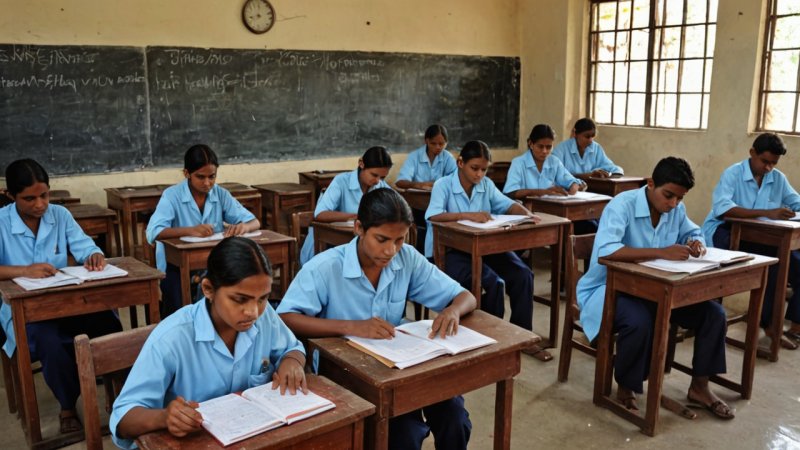In times of crisis, the ability of individuals and communities to bounce back is often linked to the resources and skills they possess. Among these resources, education and vocational training play critical roles in fostering resilience. While both avenues aim to equip individuals with skills for better opportunities, they differ significantly in their approaches, scope, and outcomes. This article will explore the pros and cons of traditional education and vocational training, highlighting their distinct contributions to resilience in crisis situations.
Defining Education and Vocational Training
Education generally refers to formal schooling that encompasses a broad range of subjects, including humanities, sciences, and arts. It aims to provide individuals with critical thinking skills, knowledge, and a foundation for lifelong learning.
Vocational training, on the other hand, is more specialized and focuses on equipping individuals with specific skills and knowledge needed for particular trades or professions. This form of training is often shorter in duration and directly relates to job readiness.
Pros of Education
- Comprehensive Knowledge: Education provides a well-rounded understanding of various subjects, fostering critical thinking and problem-solving skills.
- Broader Career Opportunities: A traditional education often opens doors to a wider range of career paths, including those in management, academia, and research.
- Social Skills Development: Schools often promote social interaction, helping students develop teamwork, communication, and leadership skills.
Cons of Education
- Time-Consuming: Traditional education can take several years to complete, which may not be practical in crisis situations where immediate employment is necessary.
- Costly: Higher education often comes with significant financial burdens, making it inaccessible for many, especially in low-income communities.
- Theoretical Focus: Some critics argue that traditional education can be overly theoretical and not adequately prepare students for the realities of the job market.
Pros of Vocational Training
- Job Readiness: Vocational training is designed to provide specific skills that lead directly to employment, making it ideal for individuals needing immediate job opportunities.
- Shorter Duration: Programs are often shorter than traditional degree programs, allowing individuals to enter the workforce more quickly.
- Cost-Effective: Vocational training programs are generally less expensive than traditional education, making them more accessible to a broader range of individuals.
Cons of Vocational Training
- Narrow Focus: While vocational training provides specialized skills, it may limit individuals to specific job roles, reducing flexibility in career changes.
- Perceived Status: In some cultures, vocational training may be viewed as less prestigious than a traditional degree, potentially affecting individuals' self-esteem and societal perception.
- Limited Advancement Opportunities: Some vocational paths may not offer clear pathways for advancement without additional education.
Comparative Analysis in Crisis Situations
When examining education and vocational training in the context of resilience during crises, several factors come into play:
- Immediate Needs vs. Long-Term Growth: In immediate crisis situations, vocational training may be more advantageous as it prepares individuals for quick employment. Conversely, traditional education may contribute to long-term growth and stability in the long run.
- Community Impact: Both avenues can positively impact communities. Education fosters a knowledgeable citizenry, while vocational training can lead to skilled labor that directly benefits local economies.
- Adaptability: Education may provide individuals with critical thinking skills that help them adapt to changing circumstances, while vocational training offers specific skills that can be immediately applied in the workforce.
Case Studies
Several initiatives have successfully integrated both education and vocational training to enhance community resilience. For instance, in post-disaster contexts, programs that combine literacy and vocational skills training have shown significant success in helping individuals rebuild their livelihoods.
In countries affected by prolonged conflicts, organizations like UNICEF have implemented education programs that also focus on vocational skills, ensuring that children and youth are not only educated but also prepared for the job market, thereby fostering resilience.
Conclusion
Both education and vocational training are critical components in building resilience during crises. While vocational training offers immediate job readiness and is often more accessible, traditional education provides a broader foundation for long-term growth and adaptability. Ultimately, the best approach may involve a combination of both, allowing individuals to gain immediate skills while also fostering a mindset geared towards lifelong learning. By understanding the strengths and limitations of each, communities can better equip their members to face and recover from crises.






